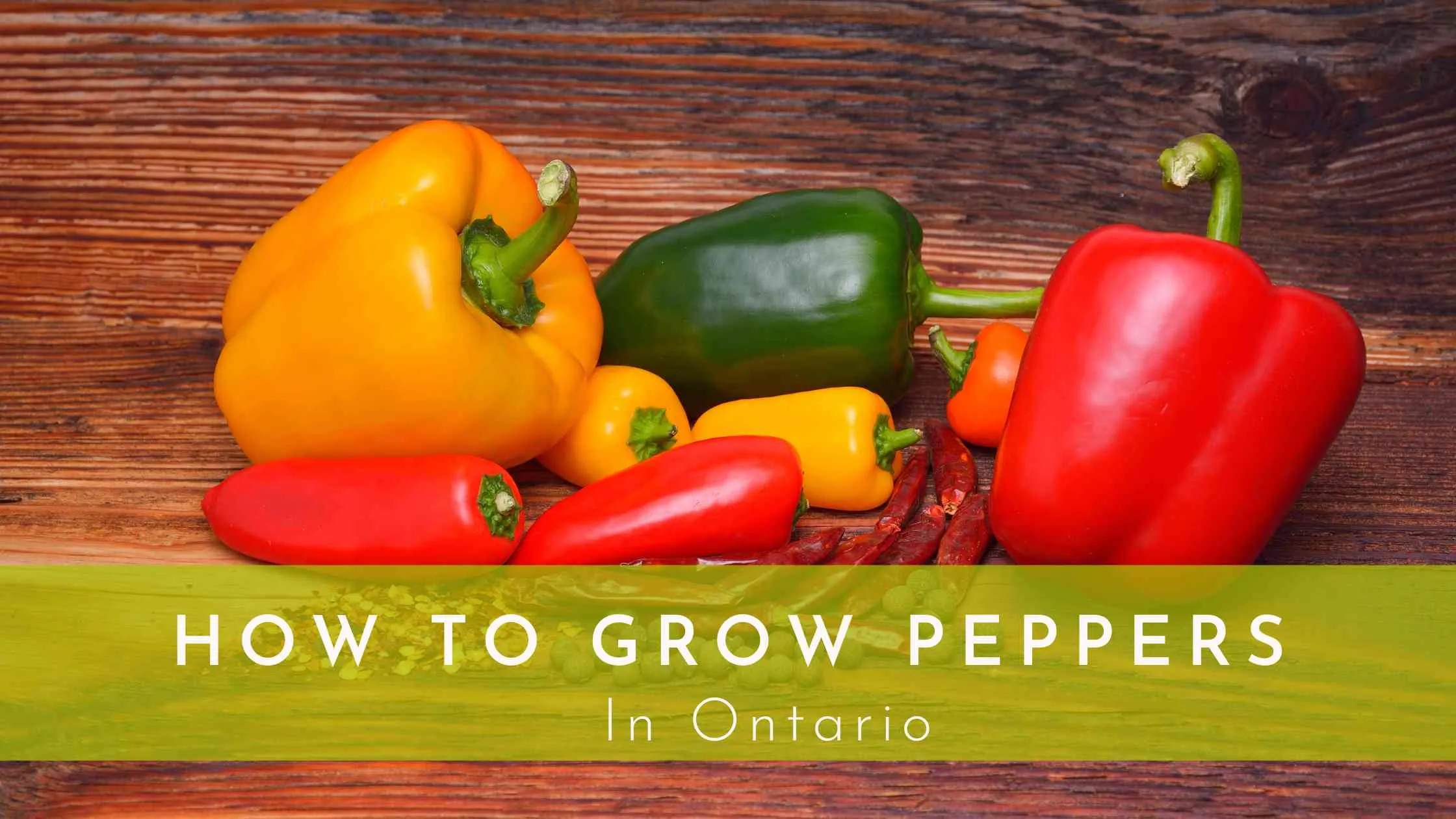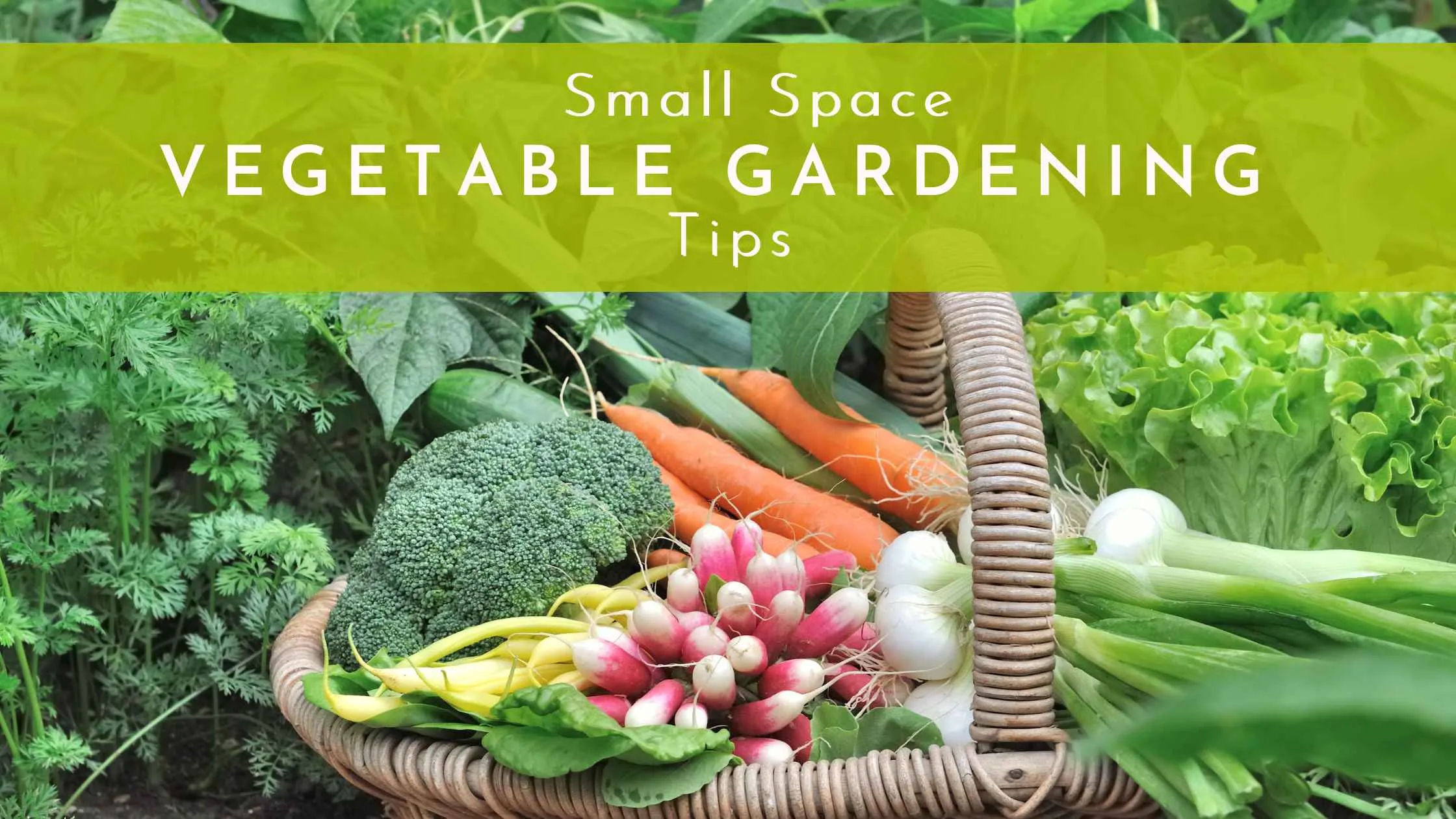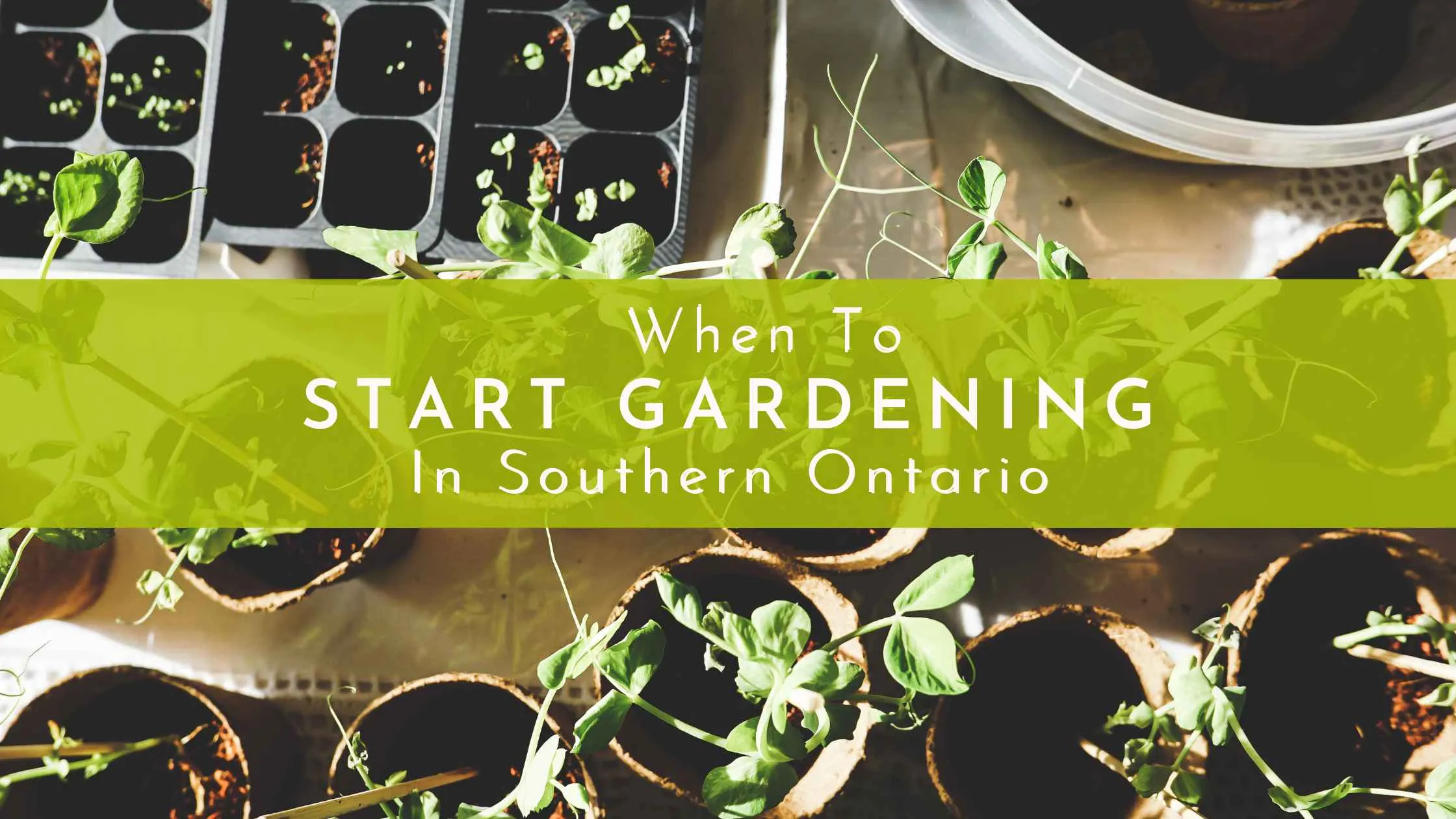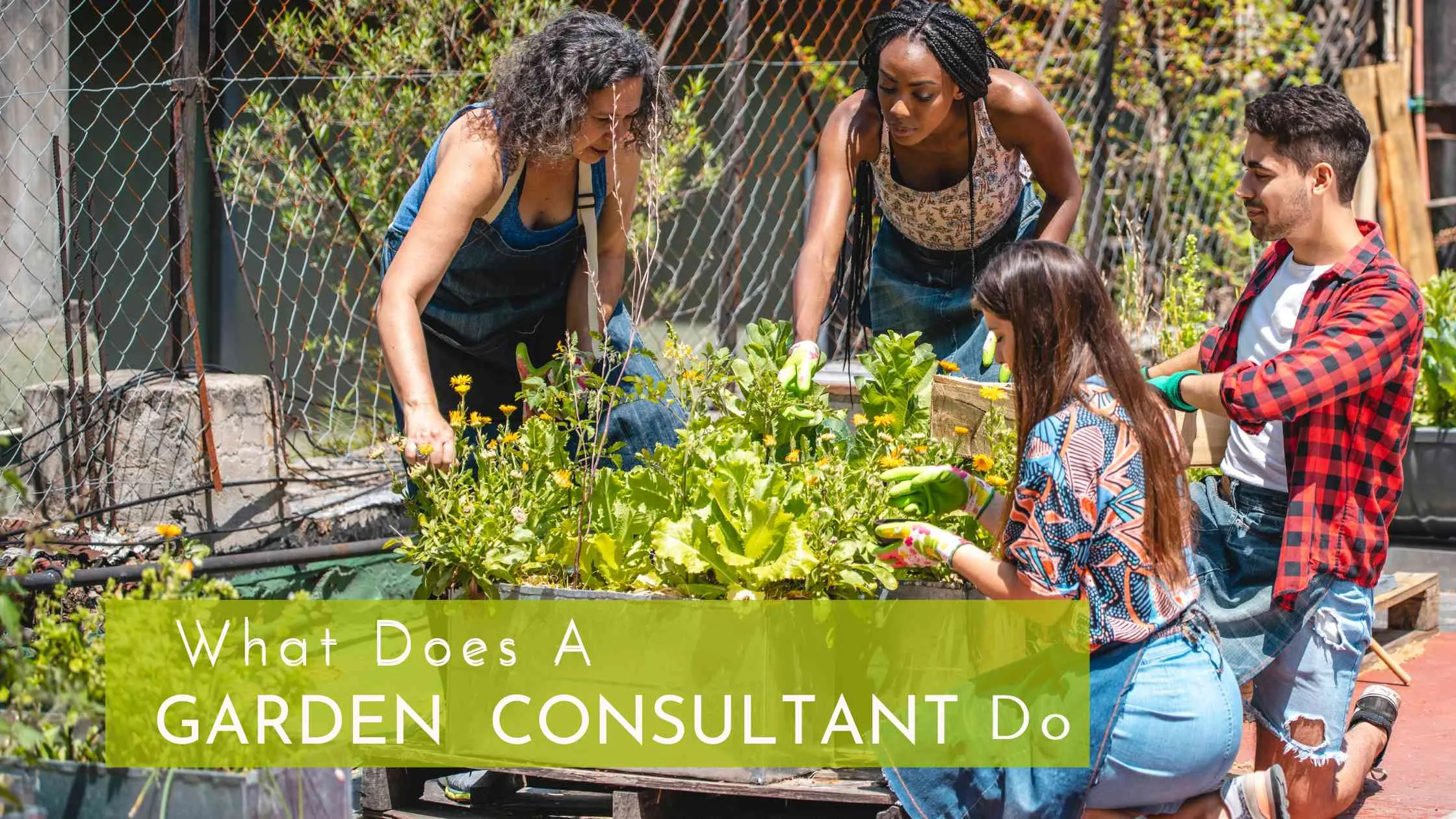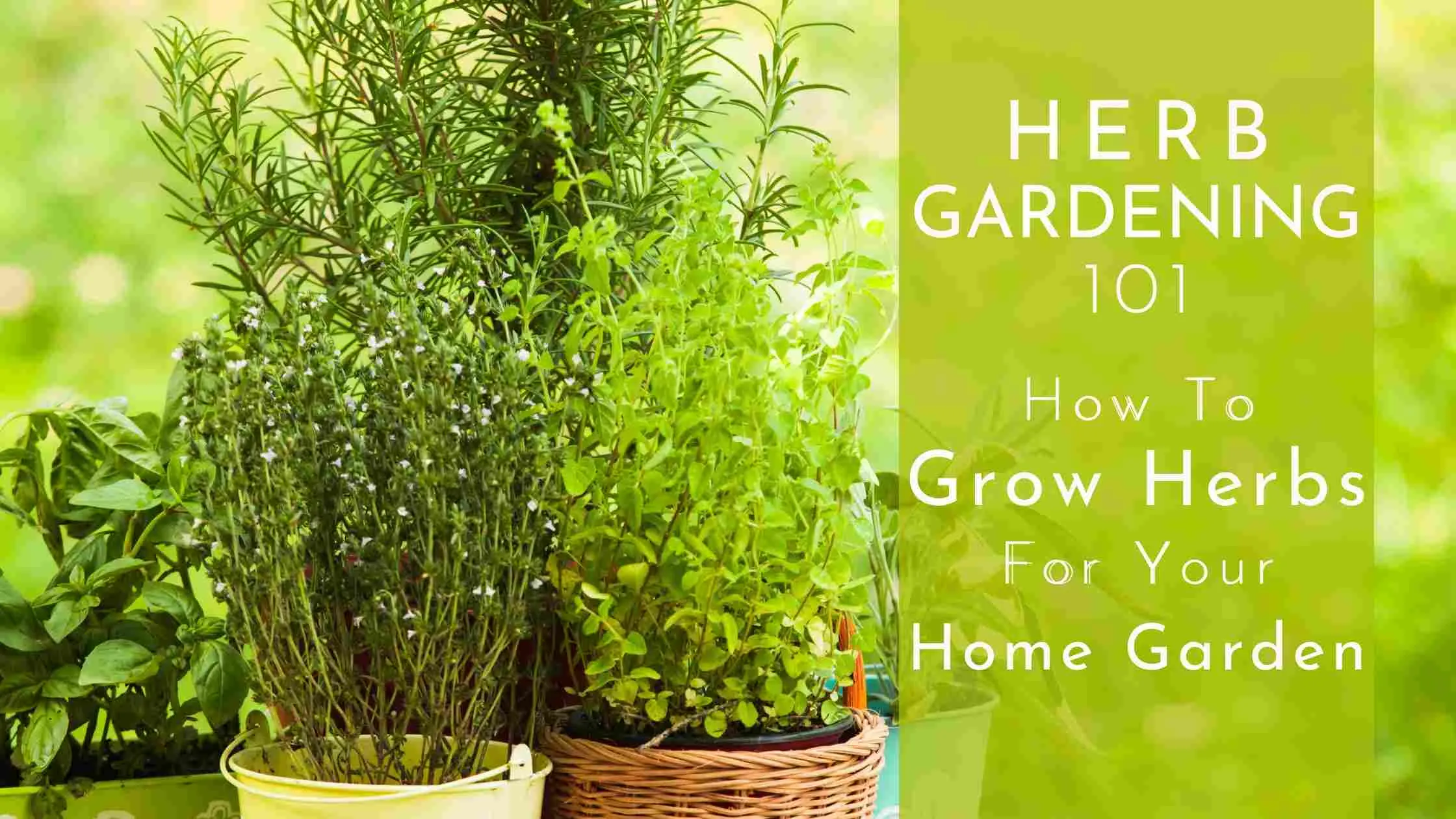Optimizing Your Space: Ideas For The Perfect Garden Oasis
Transforming small spaces into thriving gardens requires creativity and a bit of know-how. Whether you have a tiny backyard, a balcony, a window sill, a patio, or a small front yard, you can create a lush oasis filled with kitchen staples, ornamentals, and native plants. Here's your ultimate guide to maximizing these compact areas while ensuring a safe, delightful garden for everyone in the family—including children and pets.
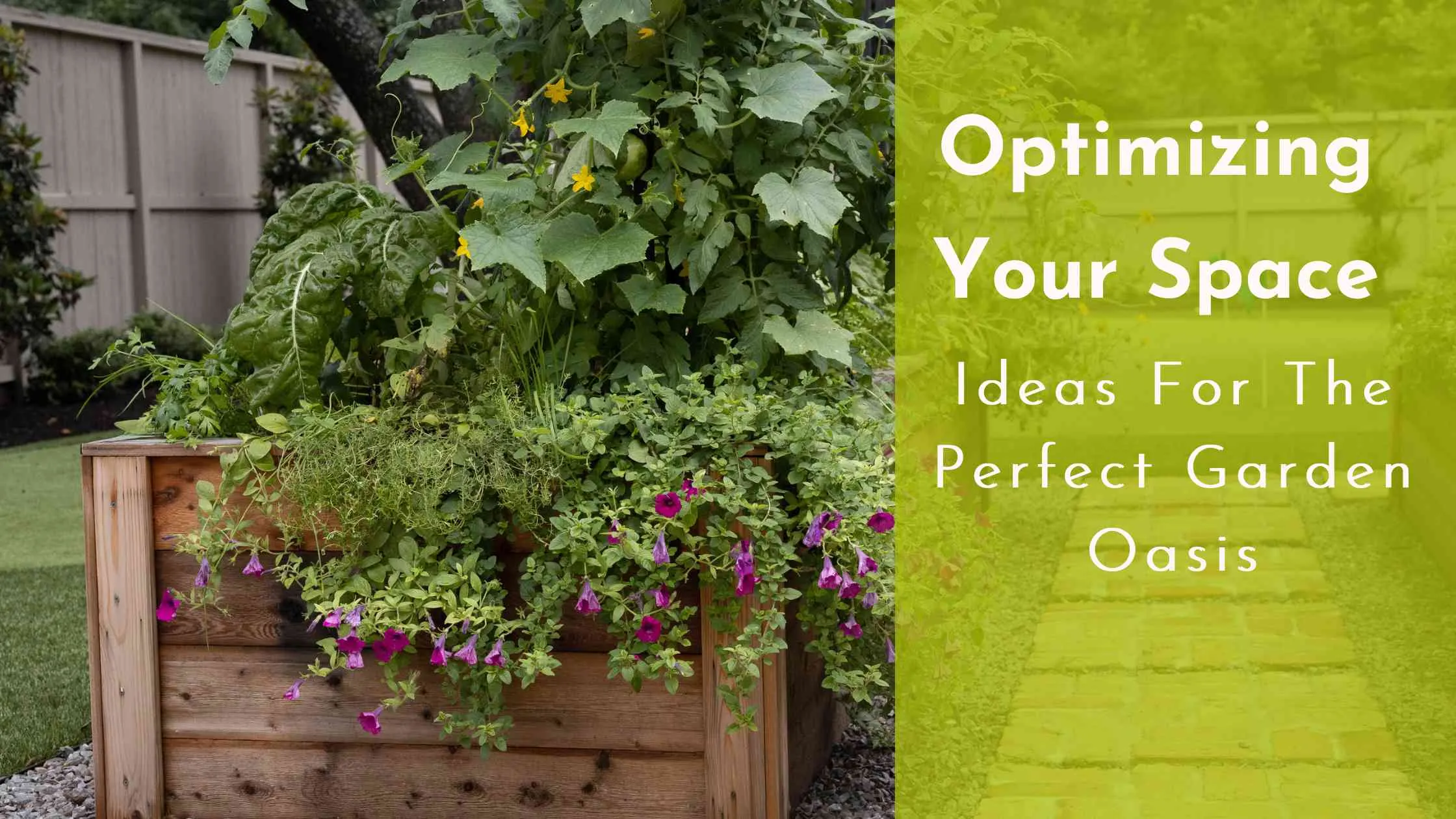
Your Garden Spaces
Small Backyards
Even the smallest backyard can become a productive kitchen garden. Here's how to make the most of it:
Designing the Space:
- Raised Beds: Use raised beds to improve drainage and increase soil quality. You can grow herbs, vegetables, and flowers together to optimize space and enhance the garden’s aesthetic appeal.
- Vertical Gardening: Install trellises or hanging planters for climbing plants like tomatoes, beans, or decorative ivies. This not only saves space but also adds an element of privacy and greenery.
- Pathways: Create pathways with stepping stones or bark mulch between your plant beds. This helps avoid stepping on fertile soil and also adds a quaint charm to your backyard.
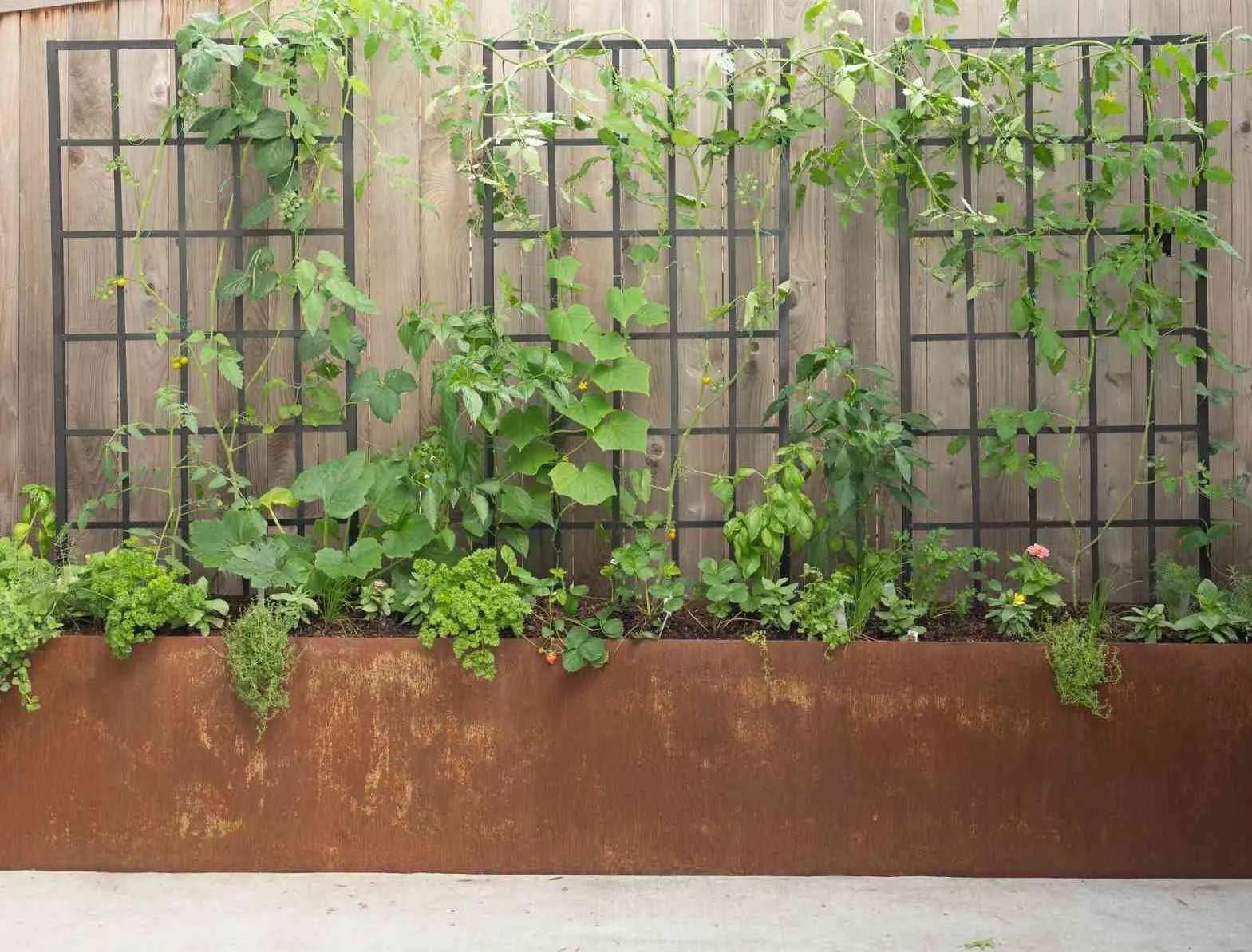
Creating an Oasis:
- Seating Area: Add a small bench or a cozy hammock in a shady corner for relaxation. This makes your garden not just a place to work, but also a place to enjoy peace and fresh air.
- Water Features: Consider a small, solar-powered fountain to add a calming sound of flowing water, attracting birds and beneficial insects.
Balcony Gardens
Balconies often offer limited space and require smart solutions to transform them into verdant escapes.
Designing the Space:
- Container Gardening: Use pots and eco-friendly containers of different sizes to grow a variety of plants. Opt for self-watering containers to conserve water and reduce maintenance.
- Rail Planters: Attach planters to the balcony railings for herbs or small flowers like petunias, which add a splash of color and utilize otherwise unused space.
Creating an Oasis:
- Privacy Screens: Use tall plants like bamboo in containers to create natural privacy screens. They also buffer city noises, enhancing the tranquility of your balcony.
- Soft Lighting: Install solar lights around the railing or use lanterns to create a warm, inviting atmosphere during the evenings.
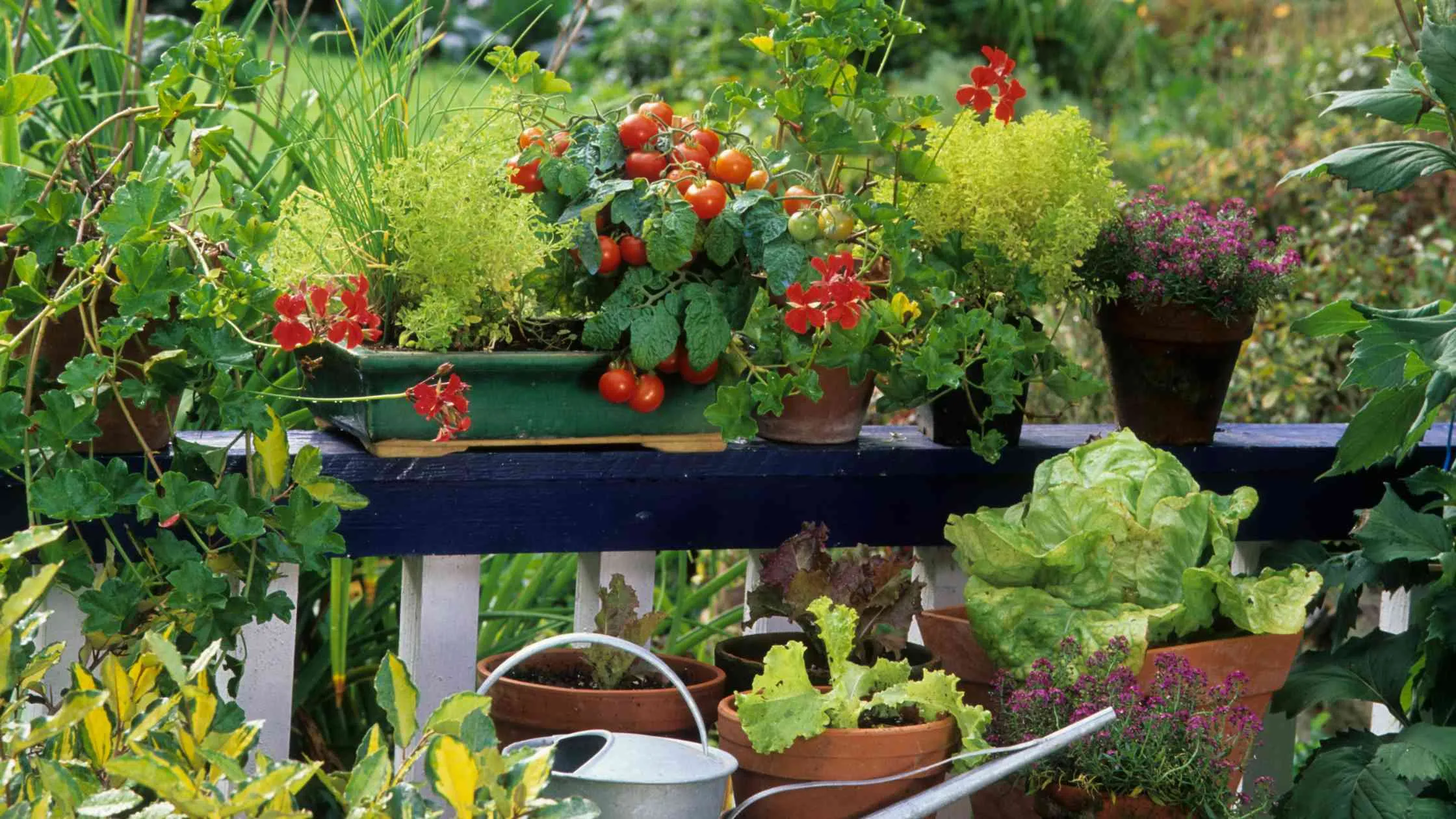
Window Sill Gardening
Window sills can be the perfect spot for a mini-garden that brightens up your room.
Designing the Space:
- Herb: Grow a selection of herbs (like basil, thyme, and parsley) that you can easily snip for cooking. Use small pots or a long, narrow planter that fits the sill.
- Succulents and Cacti: Ideal for sunny window sills, these plants require minimal watering and add a modern touch to any space.
Creating an Oasis:
- Decorative Pots: Choose pots with patterns or colors that complement your interior decor to enhance the indoor aesthetic.
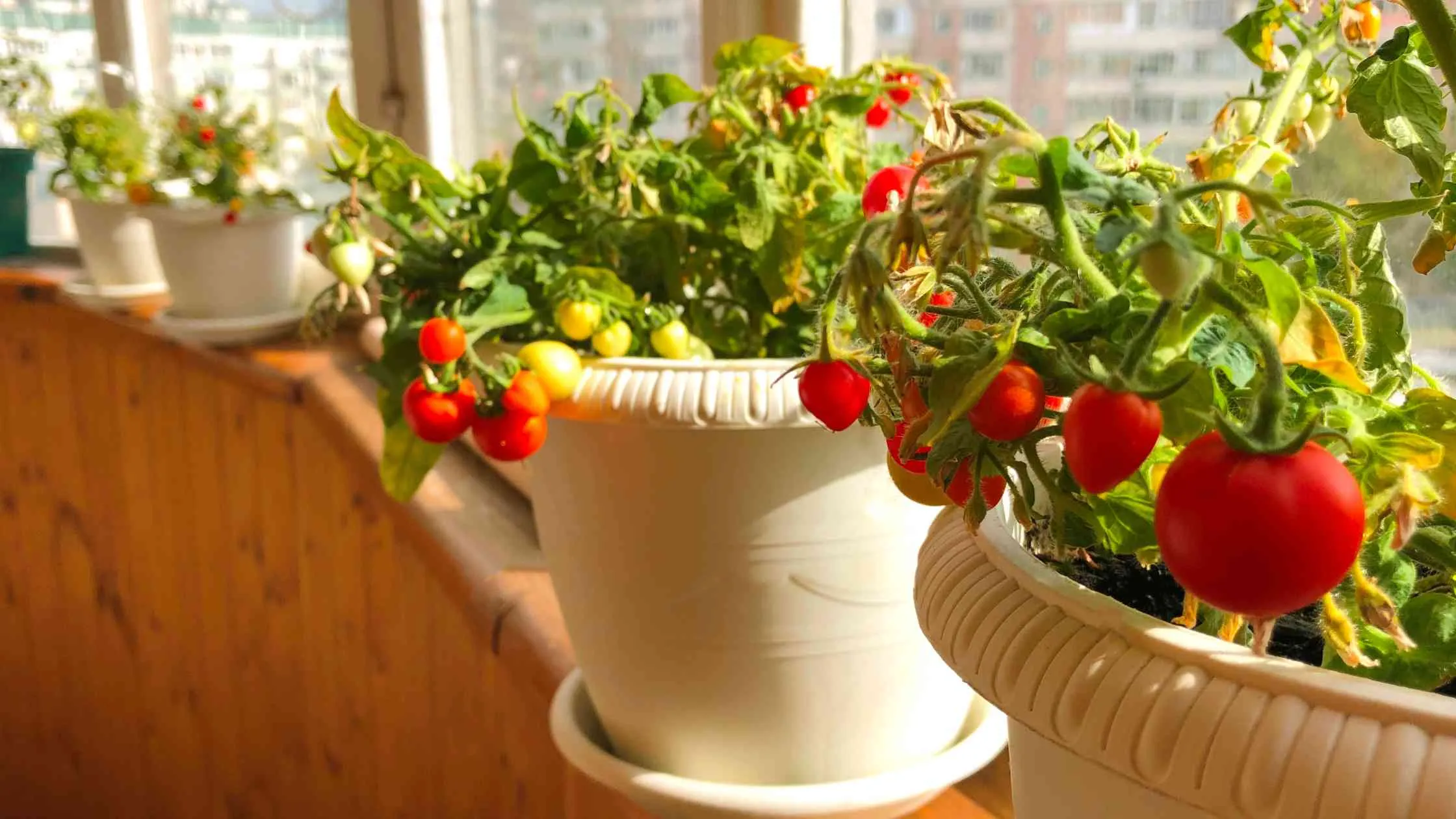
Patio or Deck
Patios and decks are excellent for larger container gardens and offer space for family activities.
Designing the Space:
Grouping Plants: Arrange plants in clusters according to their watering needs. Use larger containers for stability and to allow for more extensive root systems.
Edibles and Ornamentals: Mix edibles like strawberries or peppers with ornamental flowers to create a functional yet beautiful display.
Creating an Oasis:
Outdoor Furniture: A small table and chairs beneath an umbrella allow you to dine or relax right in the middle of your garden. Add outdoor cushions for extra comfort and style.

Front Yards
Some of us don't have a back- or even side-yard space. You can also transform your front yard into a charming garden while addressing food safety concerns regarding pollution and contamination.
Designing the Space:
- Pollution Barriers: Plant dense shrubbery or tall plants along the roadside to act as a natural barrier against dust and pollutants.
- Raised Beds and Containers: Use these to prevent soil contamination from urban runoff and to ease the maintenance burden.
Creating an Oasis:
- Lawn Replacement: Replace traditional grass with native ground covers or low-growing herbs for a unique and eco-friendly lawn alternative.
- Attractive Edging: Use natural stone or decorative tiles to define the edges of your plant beds, enhancing the overall look of your yard.
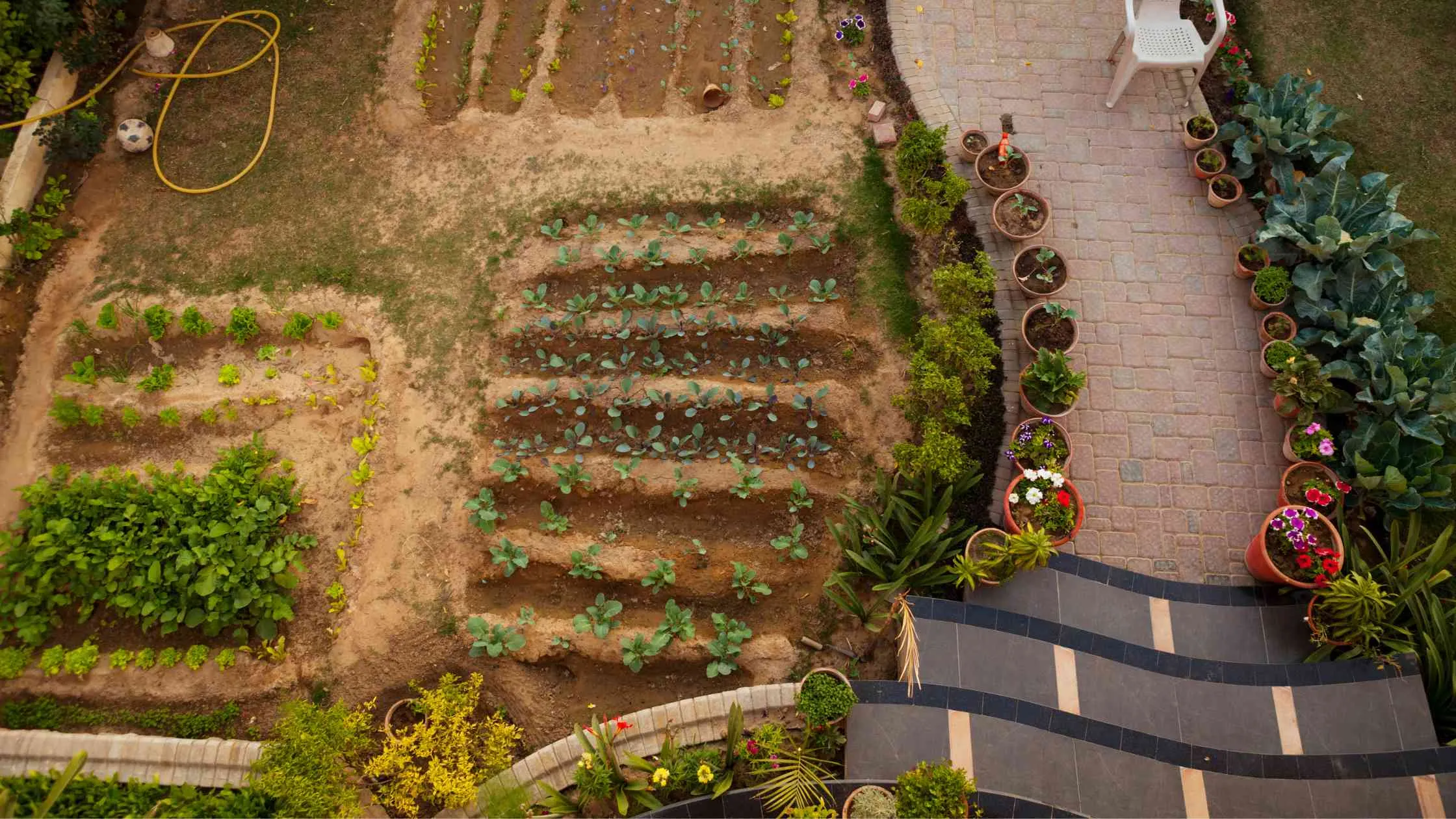
Safety Tips for Kids and Pets
When you have small children or pets, some extra considerations are needed:
- Choose Safe Plants: Always opt for non-toxic plants, especially in areas frequented by children and pets. Avoid plants like lilies or oleander, which can be harmful if ingested.
- Secure Containers: Ensure that all containers are stable and can't be tipped over by small children or pets.
- Fencing: Consider decorative fencing around areas with plants that might be toxic or delicate to avoid accidental ingestions or damage.
Frequently Asked Questions
1. What are the best plants for a small garden?
The best plants for a small garden include compact varieties of vegetables like cherry tomatoes, dwarf peppers, and salad greens. For ornamentals, consider marigolds, petunias, and succulents. Always choose species that match your local climate and sunlight availability.
2. How can I maximize plant growth in limited space?
To further maximize space,
- Go vertical by installing trellises, shelves, or hanging baskets.
- Choose multi-purpose plants (like herbs that can double as ground cover) and
- Use intercropping techniques to grow compatible plants together.
3. What soil should I use in container gardens?
Use a high-quality potting mix designed for container gardening. It should be light and fluffy, with a mix of peat, perlite and/or coarse sand, and compost to ensure good drainage and nutrient availability.
4. How often should I water my small garden?
Watering needs vary depending on the plant type, weather, and pot size. Generally, container plants need watering more frequently than ground plants. Check the soil moisture with your finger; if the top inch is dry, it’s time to water.
5. Can I still have a water feature in a small garden?
Of course! Consider small, self-contained water features like a tabletop fountain or a small birdbath that recirculates water. These add beauty and a sense of tranquility without taking up much space.
6. Are there any pet-safe and child-safe garden practices?
Always choose non-toxic plants to ensure the safety of kids and pets. Install garden fencing to keep pets and children away from hazardous areas, and secure tall plants and heavy pots to prevent tipping.
7. How do I protect my garden from urban pollution?
Use physical barriers such as tall hedges or privacy screens. Growing plants in raised beds with clean soil can also help minimize contamination from urban runoff.
8. What are some tips for creating a garden oasis on a balcony?
Use containers and vertical planters to maximize space. Soften the space with outdoor rugs, add privacy with bamboo screens, and use solar lights or lanterns to create a cozy atmosphere.
9. How can I make my small garden look bigger?
Use color wisely—light-colored plants and décor can make the area appear larger. Mirrors and reflective surfaces also give the illusion of more space. Keep the garden uncluttered and choose furniture and containers that are proportional to the size of the area.
10. How do I start a window sill garden?
Choose a sunny window sill, use lightweight containers, and select small plants like herbs or succulents. Ensure there is adequate drainage in the containers to prevent water damage to your window sill.
By employing these strategies, you can turn any small space into a lush, productive, and safe garden oasis. Whether you’re growing vegetables, herbs, or ornamentals, these tips will help you maximize your gardening space while creating a beautiful, relaxing environment for all to enjoy. Now, let’s get gardening!

